Posted: 19th November 2020 | Back to news feed
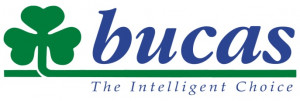
With its distinctive green, clover logo, the name Bucas has been synonymous with innovative rug designs for nearly 40 years. The brand was founded in 1981 when most horses would have had a traditional New Zealand turnout and a jute stable rug, a far cry from the extensive wardrobe of most horses today.
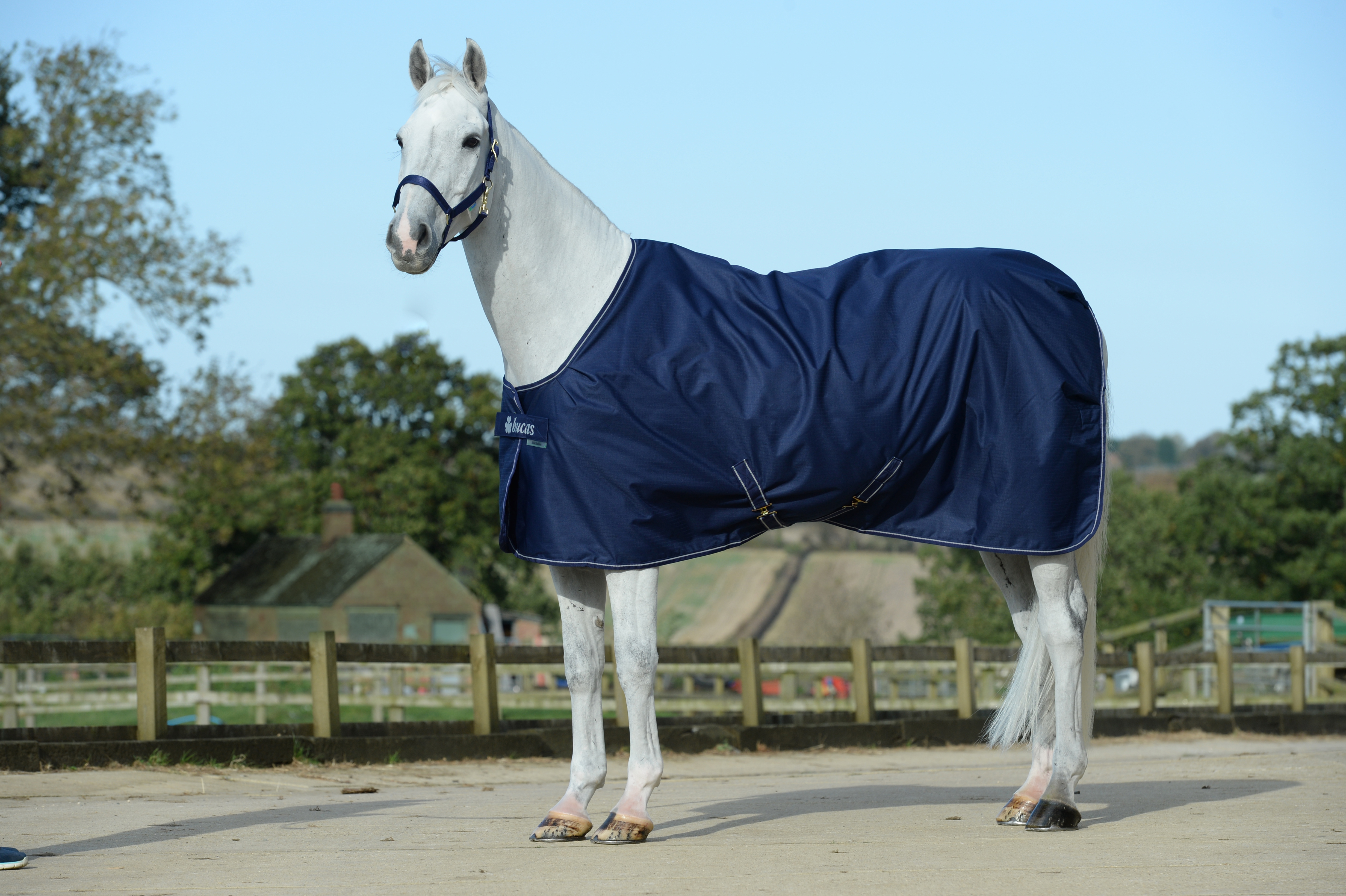
Even just one horse’s collection can now include a number of winter rugs in different weights to suit the weather both stable and turnout, a lightweight rug for spring showers and a fly rug to ward of pesky insects in the summer.
Here the experts at Bucas look at rugging during the colder months with their Guide To Horse Rugs
It is important to look at your horse as an individual as different horses have different requirements. A thoroughbred that lives in cannot be rugged up the same as a cob who lives out for the majority of the year. Different weighted rugs are required, but knowing when to use these can be a nightmare.
Synthetic insulation is what keeps your horses and pony’s cosy, and this is usually measured per square metre. The higher the grams in the rug, the more insulation squeezed into each square metre, therefore keeping your horse warmer.
The majority of rugs vary in weight and cater for the season and location of the horse, whether he is indoor, outdoor, in an open field or sheltered area.
Rugging in Autumn
The rug you choose depends on the type of horse you have!
Autumn is such a transitional period and can cause many problems with rugging up. With cooler nights and mornings, and the day still remaining warm, one rug that caters for a wide range of temperatures seem so difficult to find.
This time of year often requires horse owners to be flexible and they should be prepared to change day rugs for night rugs if time permits.
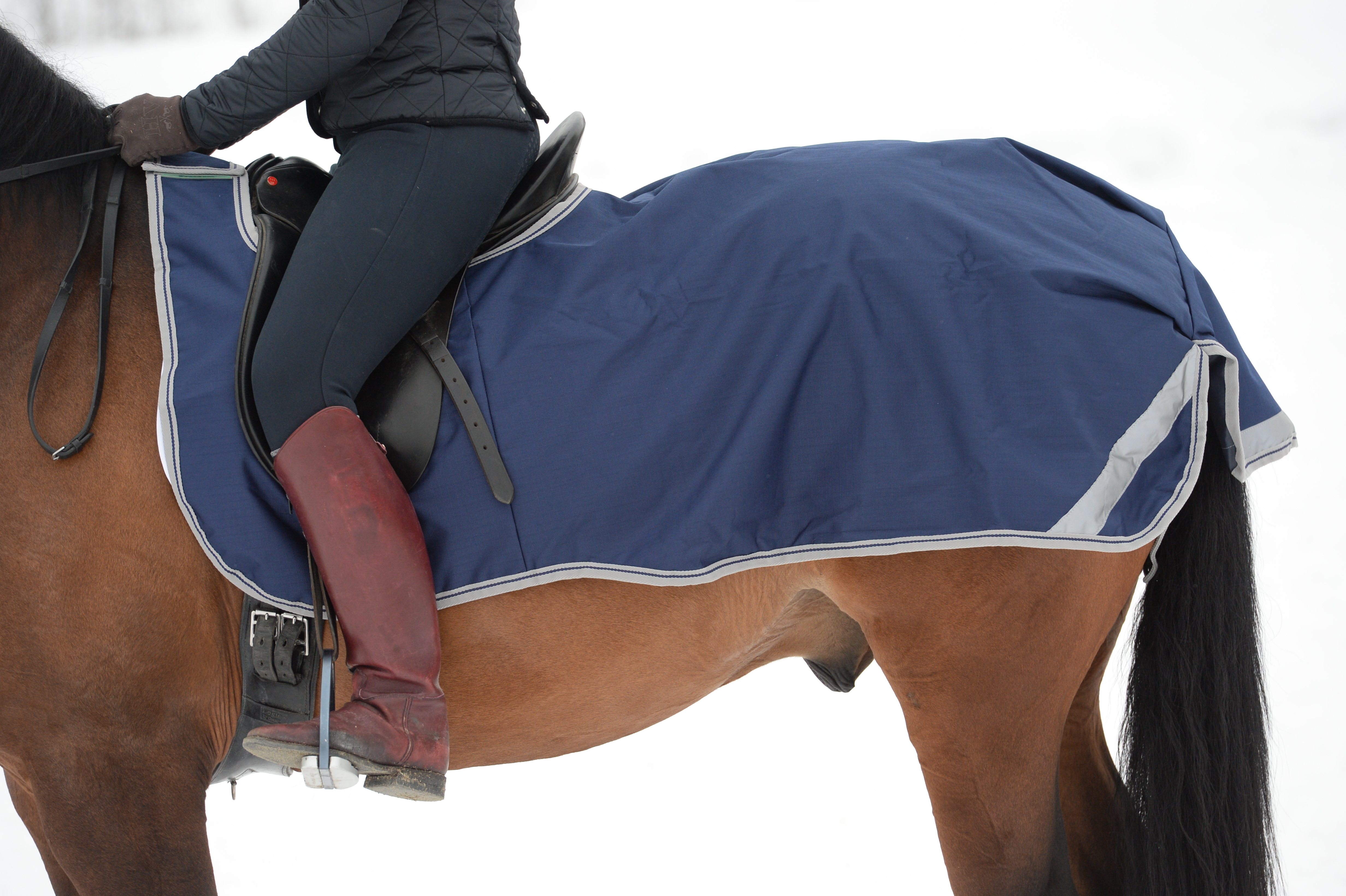
Lightweight rugs are ideal for use in autumn or spring when the weather is variable and not too extreme. Versatile light weight rugs can also provide a solution to rugging more hardy, or hairy types through the winter.
A horse that is not warm enough will;
- Have cold ears
- Exposed hair will stand on end
- Stand tense and rigid, not resting a foot
- Shiver
- Tail will be clamped down
A horse that is too hot in his rugs will be;
- Sweating under his rugs
- Very restless
- Heavier in his breathing
When turning the horse out in autumn he may need to wear a thicker outdoor rug as the days can become cooler. In autumn it is necessary to have a waterproof rug to keep your horse as dry as possible from the rain.
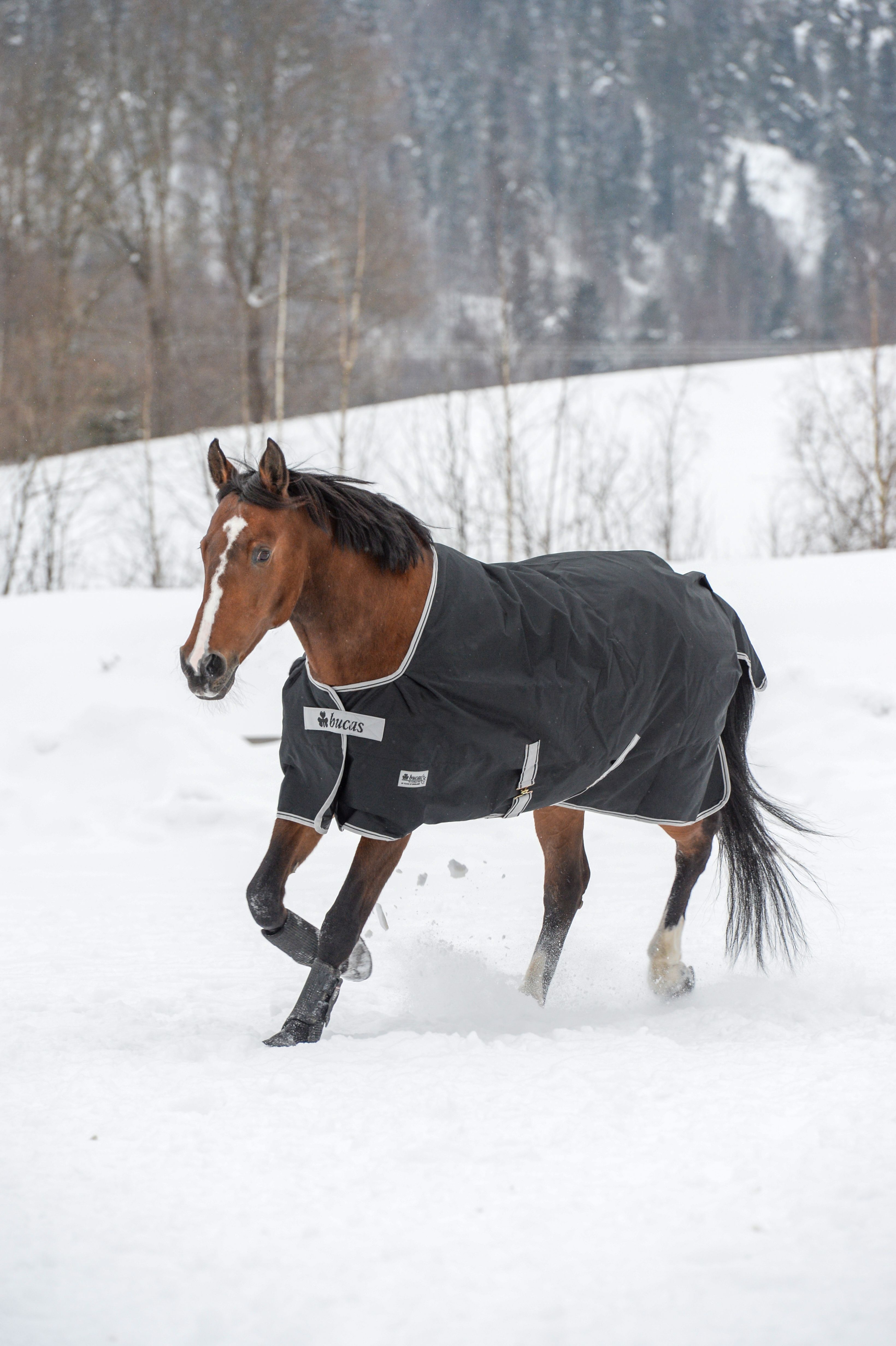
An important feature to consider is a rug made from a ballistic nylon outer which offers superb durability.
Today’s technology enables manufacturers to produce rugs that have a high specification waterproof coating to ensure wear and tear over a longer period.
What rugs for Winter?
It goes without saying that in the height of winter all efforts must be made to keep both the stabled and turned out horse as warm as possible. A heavier rug with increased fill will keep your horse warmer, but what about those that have been clipped?
For the clipped horse it is especially important to insulate them as they have lost a layer of warmth when having their fur removed. Layering rugs is an effective way of keeping your horse extra warm as it traps air between the layers and reduces drafts.
You can often use a cooler rug and a heavier weight top rug and for the coldest of weather try adding a quilt as a middle layer.
Another useful tool when keeping horses warm are neck covers. Whether detachable, fixed or high neck styles, neck covers are ideal for keeping in heat, as well as keeping horses drier and cleaner in the cold, wet months.
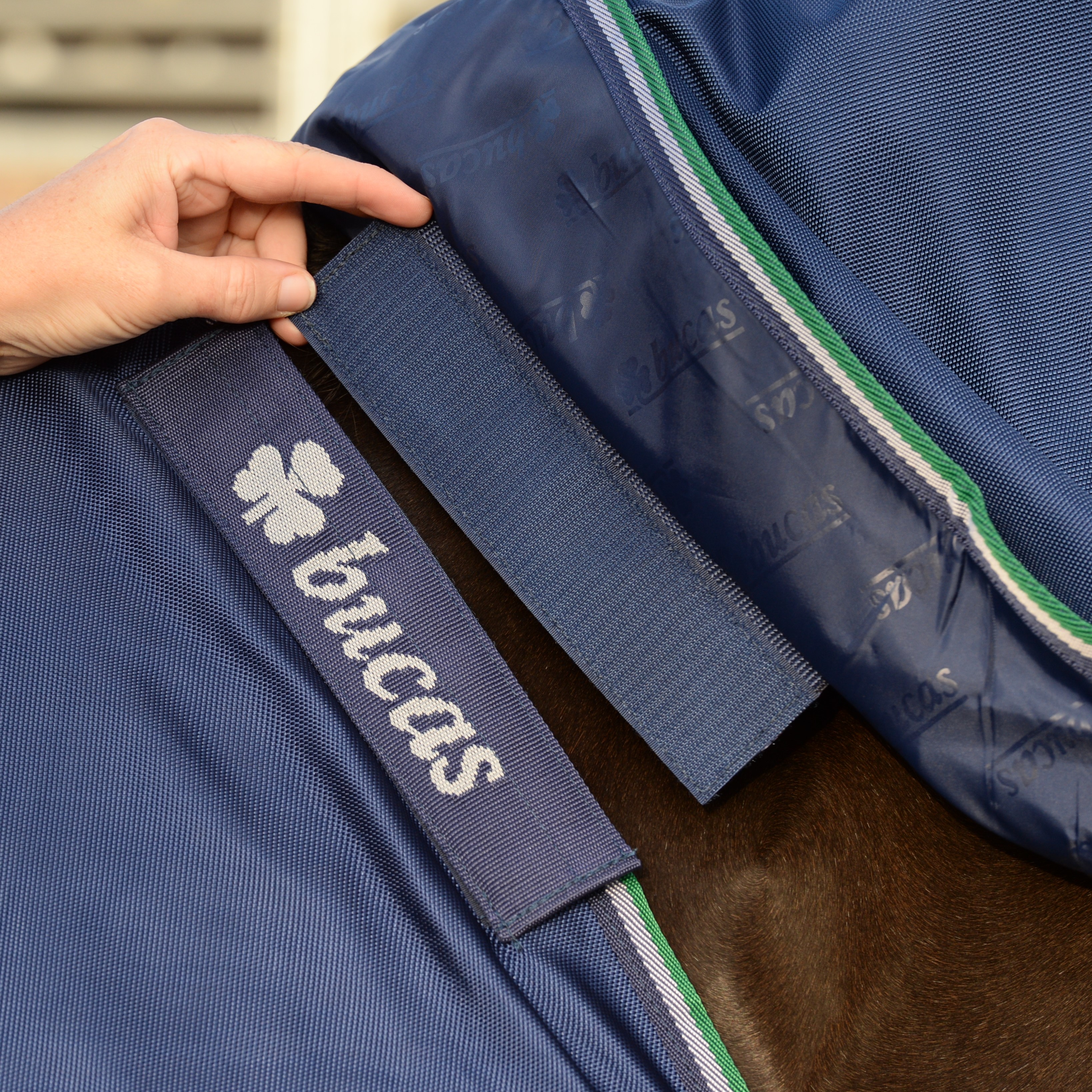
By the end of the late eighties, Bucas manufactured the very first fully waterproof rugs made from breathable fabric and also perfected the ‘stay dry’ principle using wicking linings that transport sweat and moisture away from the horse while the inside of the lining remains dry.
The level of comfort enjoyed by horses today is thanks to these technical advances, previously they had to endure rugs that would become smelly and wet and would slip, causing rubbed shoulders due to being ill-fitting, with no leg straps or cross-over surcingles.
Horse welfare is not the only advantage of the improvements made through years of research. Whilst good quality rugs can appear expensive, unlike the rugs of days gone by they can be washed and reproofed much easier than the labour intensive scrubbing and drying of traditional New Zealand rugs.
For further information please contact Zebra Products on +44(0)1352 763350 or visit www.zebraproducts.co.uk
The Equestrian Index newsfeed is compiled from articles submitted by advertising members and expresses the opinions of those members. Watsons Directories Ltd shall not be held liable for any inaccuracies or mis-statements therein.